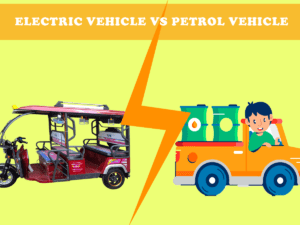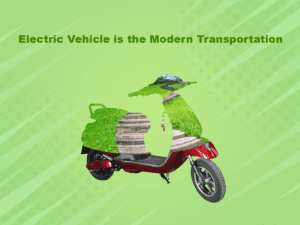There are three main sorts of electric vehicles to suit varied driving needs. They are available in three different types: fuel cell, plug-in hybrid, and all-electric.
1. All-Electric Vehicles
All-electric cars, usually referred to as EVs or BEVs, are propelled by one or more electric motors that are powered by a large battery rather than by gasoline. All-electric car ranges are rising from 80 to more than 300 miles as new models are introduced. All-electric vehicles need less maintenance (such as oil changes, smog checks, spark plug changes, and replacing a catalytic converter or other parts that wear out and break down) compared to gas-powered vehicles.
2. Plug-in Hybrid Electric Vehicles
Even at relatively high speeds, plug-in hybrid electric vehicles (PHEVs) allow for both gas-only and electric-only driving. Plug-in hybrids have smaller batteries than battery electric vehicles and may go 20 to 55 miles on electricity alone without producing any pollutants. When the automobile’s electric range is out, it switches to gas and keeps running like a regular car.
3. Electric vehicles with fuel cells
Fuel cell electric vehicles, often known as FCEVs, utilise electricity in a different way than all-electric or plug-in hybrid vehicles do to power their engines. Its power source is a stack of many cells that chemically mix oxygen in the air and hydrogen gas from the car’s tank to produce electricity.
On a single tank, fuel cells may go 300–400 miles and can be refueled at hydrogen fueling stations, which are more common in California. It takes five minutes to complete this process.

Table of Contents
ToggleElectric Vehicles and its Function
Fuel cell electric vehicles sometimes referred to as FCEVs, utilize electricity in a different way than all-electric or plug-in hybrid vehicles do to power their engines. Its power source is a stack of many cells that chemically mix oxygen in the air and hydrogen gas from the car’s tank to produce electricity.
On a single tank, fuel cells may go 300–400 miles and can be refueled at hydrogen fueling stations, which are more common in California. It takes five minutes to complete this process. EVs operate like automatic cars. There are two options: forward and reverse. In “drive,” an electric car accelerates similarly to an automated vehicle. Power is transferred from the DC battery to AC for the electric motor. The controller alters the frequency of the AC electricity from the inverter to the motor in response to a signal from the accelerator pedal in order to alter the vehicle’s speed control.

How Electric car operate?
The principle behind how electric cars work is that electric energy is transformed into mechanical energy, which is then used to produce kinetic energy and enable motion in a vehicle.
An electric motor is used in EVs in place of a conventional internal combustion engine. Thus, electric energy replaces traditional fuel (petrol/diesel). Electric motors transform electrical energy into mechanical energy.
EVs operate like automatic cars. There are two options: forward and reverse. In “drive,” an electric car accelerates similarly to an automated vehicle.
Power is transferred from the DC battery to AC for the electric motor.
The controller alters the frequency of the AC power from the inverter to the motor in response to a signal from the accelerator pedal.
How does the electrical motor in an EV operate?
Some autos employ motor generators that serve as both drives and regenerators.
When an electric car is plugged into a charging station, it can connect to the grid.
They power an electric motor that rotates the wheels by storing the electricity in rechargeable batteries.
Compared to vehicles powered by traditional fuel, electric vehicles accelerate more quickly, making them feel lighter to drive.
How do electric vehicles (EVs) charge?
A home charger or a public charging station can be used to recharge an electric vehicle. To obtain the best bargain for home charging, it’s essential to have the proper EV power tariff, so you can spend less money charging and save more on your electric bill. To keep your device fully charged while you’re out and about, there are numerous charging stations available throughout the Kubit.
The ongoing market is with Electric vehicles and it’s a very good investment plan in 2023, if you are planning to buy an electric vehicle in India then go for it, or planning to apply for an electric vehicle dealership in India then apply for it. It’s a very burning topic and trending sector all over India.






